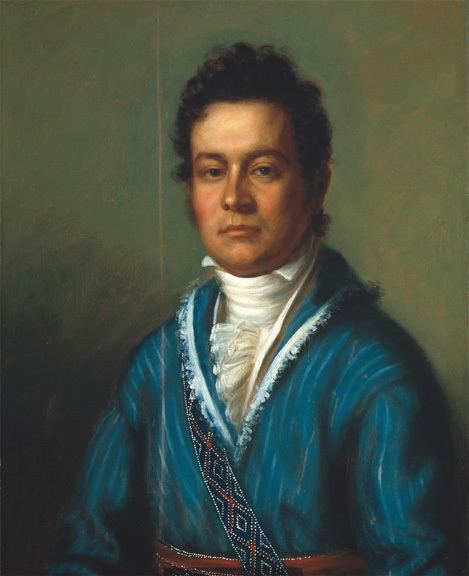Name David Vann | ||
 | ||
Died December 23, 1863Indian Territory Spouse(s) Jennie Chambers, Martha McNair Children Two children with Jennie Chambers, seven children with Martha McNair Parents Second son of Avery Vann and Margaret McSwain | ||
David Vann (Georgia, January 1, 1800 – Indian Territory, December 23, 1863) was a sub-Chief who was elected Treasurer of the Cherokee Nation in 1839, 1843, 1847 and 1851.

He was the second son of Avery Vann and his wife Margaret McSwain and the brother of Joseph Teaultlo Vann. He was the nephew of the Cherokee chief James Vann and the first cousin of Joseph Vann.
David Vann and his first wife Jennie Chambers had two children. He and his second wife Martha McNair, daughter of David McNair and Delilah Vann McNair, had seven children.
In the fall of 1825, the Creeks decided they needed experienced negotiators to present their case against expulsion from their land in the Southeast, they turned to the Cherokees for assistance. Major Ridge, recommended that the Creeks retain David Vann and John Ridge, both well educated and fluent in English, to help them prepare for meeting with General Edmund Pendleton Gaines.
They prepared a speech for the Creek Chief, Opothleyahola, to make at the Gaines meeting. The speech won the support of General Gaines, but the Creek delegation insisted on meeting directly with Gaines' superiors in Washington D. C. Since none of the Creeks were fluent in English, they wanted to include Ridge and Vann in their delegation. Gaines told them that President Adams would not negotiate Creek affairs with Cherokees. As a compromise, the two men were included with the title of secretaries rather than negotiators.
After the agreements were concluded, both Ridge and Vann had their portraits painted by noted artist, Charles Bird King.
Vann was a member of the Treaty party that supported negotiation with the United States for voluntary emigration of the Cherokee people to the West, in order to secure their rights. Its leaders signed the Treaty of New Echota in 1835, leading to the Cherokee removal in 1838-1839. Elijah Hicks, son of chief William Hicks and editor of the Cherokee Phoenix, presented a petition to the National Council calling for the impeachment of the Ridges and David Vann. The council members did not vote to proceed with impeachment, but the charges were not withdrawn either. Politically, this left the status of Vann and the Ridges in limbo.
After the Cherokees removed to Indian Territory, David Vann became Assistant Principal Chief of the Cherokee Nation.
During the American Civil War, Vann was killed by Pin Indians (Cherokee supporting the Union) in 1863. His daughter Mary Delilah Vann (1838-1912) would marry twice; widowed, she remarried (in 1869), Joel B. Mayes, who became Principal chief of the Cherokee nation.
